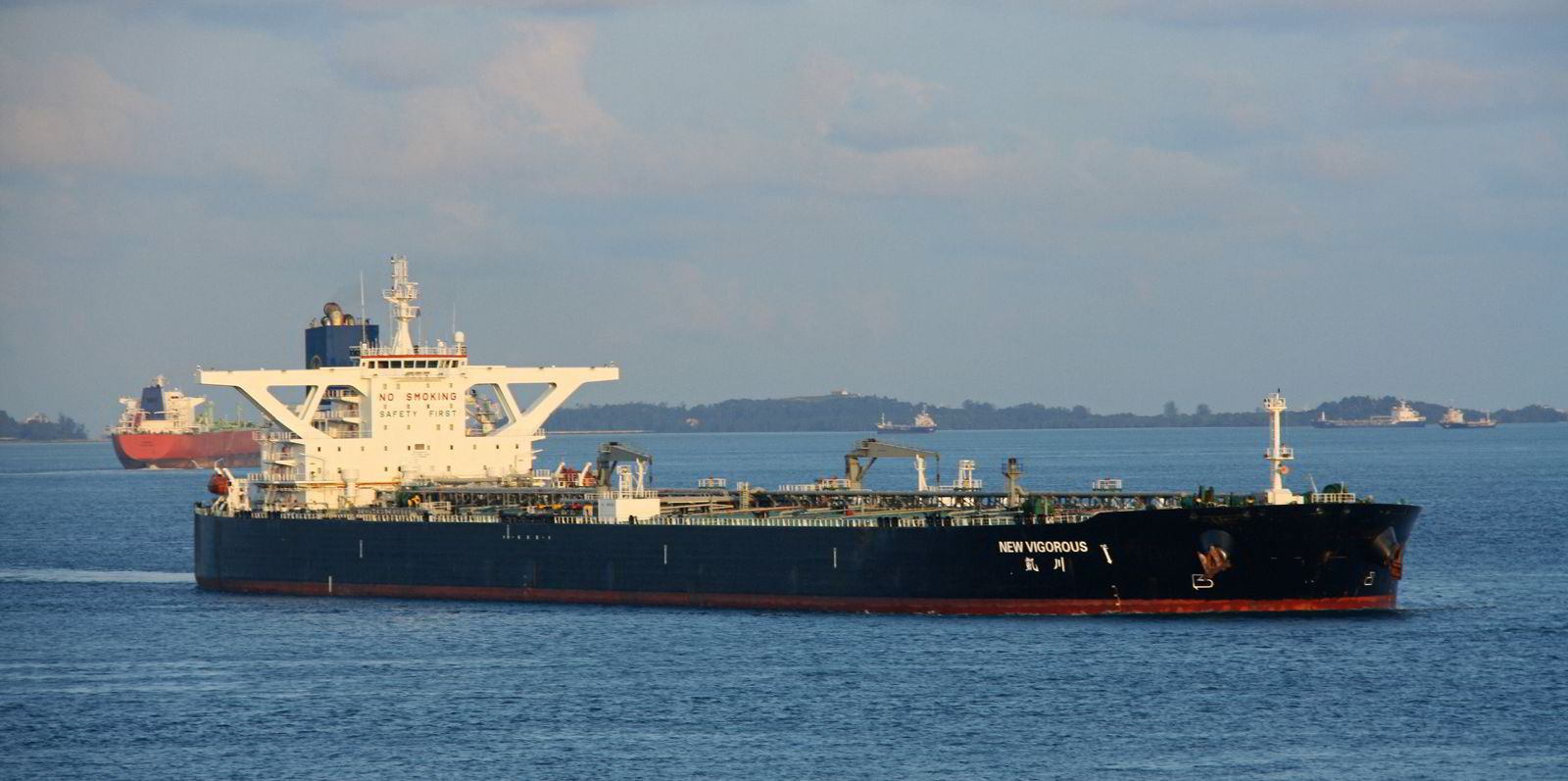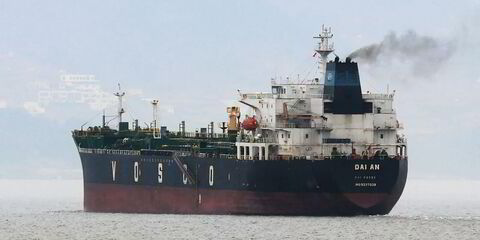The inability of some Opec+ producers to meet crude quotas has been a lost opportunity for beleaguered tanker owners, Clarksons Research says.
The UK research arm of shipbroking group Clarksons calculated that from May to December last year, the exporting group fell about 135m barrels short of their targets.
This meant the equivalent of 68 VLCC cargoes were “missed” in the market, analyst Rachel Ibbetson said.
Crude output did increase last year, with December production standing 8% above January 2021, but the group consistently failed to meet overall targets from May onwards, she added.
“In large part, this production shortfall was down to supply challenges in some member countries,” the researcher said.
Nigeria saw output drop 13% from 2020, while its target could have seen a 5% uplift.
There was pressure from operational and technical issues, exacerbated by underinvestment in ageing infrastructure, and the difficulties created by the pandemic, Ibbetson explains.
Angola suffered similar operational challenges, with output also falling 13%.
‘Lost’ cargoes
The “lost” cargoes equate to about 0.55m barrels per day (bpd), around 1.5% of global seaborne crude trade in 2021.
The easing of Opec+ supply cuts had widely been expected to lead to improvements in the tanker market in the second half of last year.
VLCC spot earnings averaged just $3,157 per day in the first six months.
In fact, rates dropped 5% from this level in the second half.
“Opec+ plays a major role in the oil and tanker markets, accounting for 50% of world oil output and 70% of seaborne crude exports,” Ibbetson said.
Clarksons Research is still tipping a gradual improvement through 2022, with support from continued recovery in oil demand and supply from 2020 lows.
Risks remain, including those surrounding Russia’s troop build-up in eastern Ukraine, the company said.
Back above pre-Covid levels
“Nevertheless, gains appear likely to be more focused towards [the] second half given the current extent of tonnage oversupply and phased easing of Opec+ cuts,” the company said.
Further market rebalancing is expected in 2023 as tanker demand rebounds above the pre-Covid level, although upside may be limited by the extent of cumulative fleet growth since the start of the pandemic, Clarksons Research believes.
The company forecasts a “firm” rise of 7% in vessel demand this year, although still 1% below pre-pandemic levels.
For 2023, this figure is predicted to be 4%, with support from rising US crude exports and Asian oil demand.
“Shifts in refinery capacity are also expected to shape trade patterns, with potential for refinery start-ups in the Middle East and Nigeria and recent closures across Europe and Australia expected to hold back growth in crude trade to some extent, but provide additional impetus to products volumes,” the company said.





